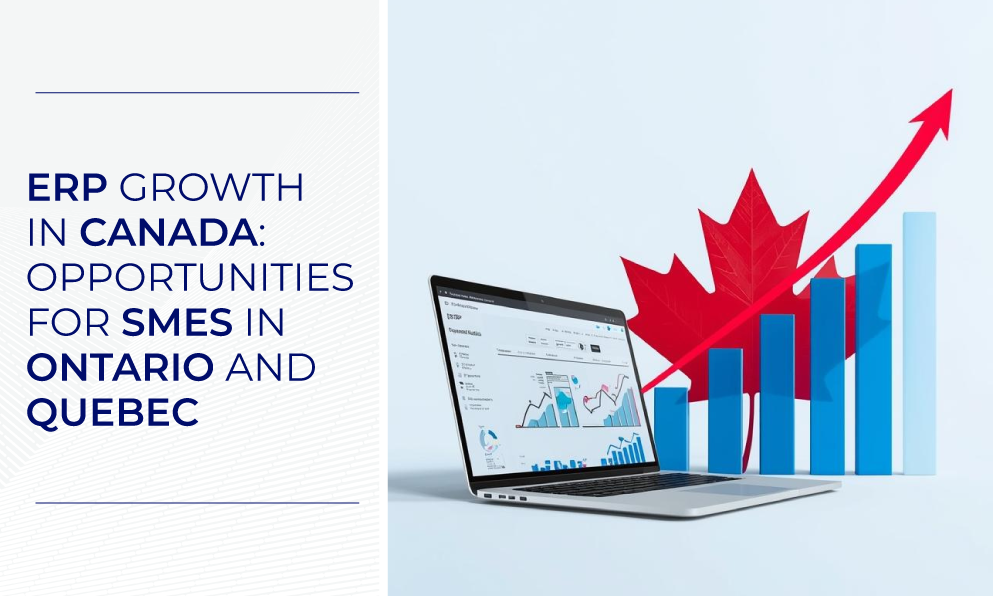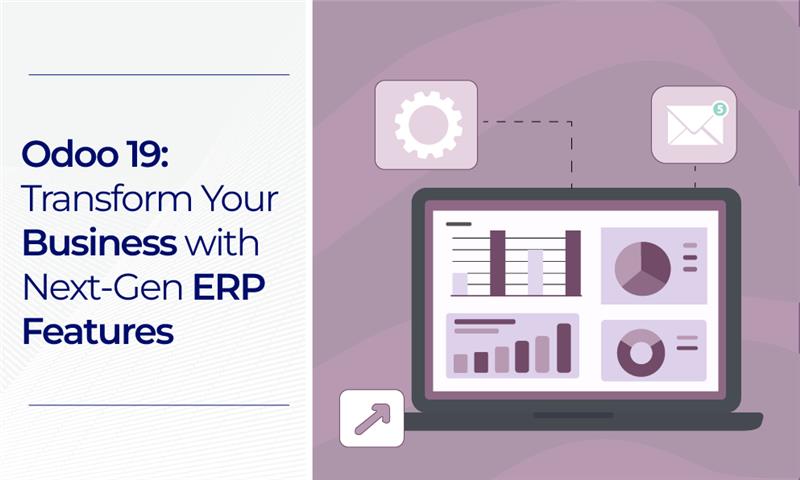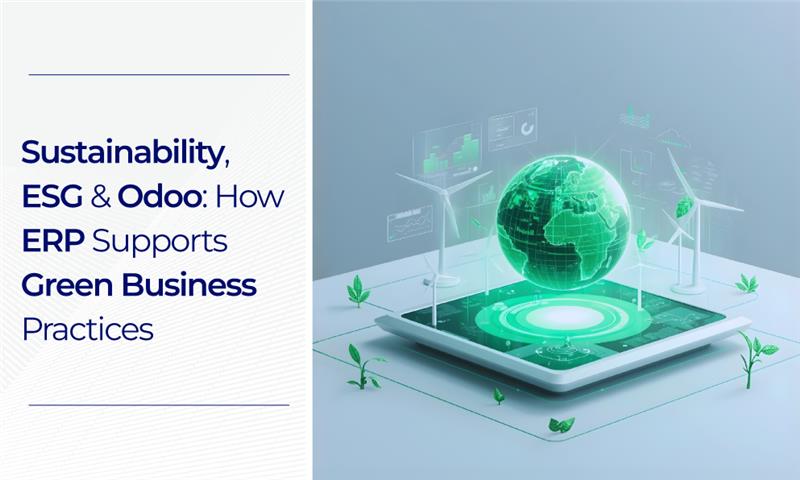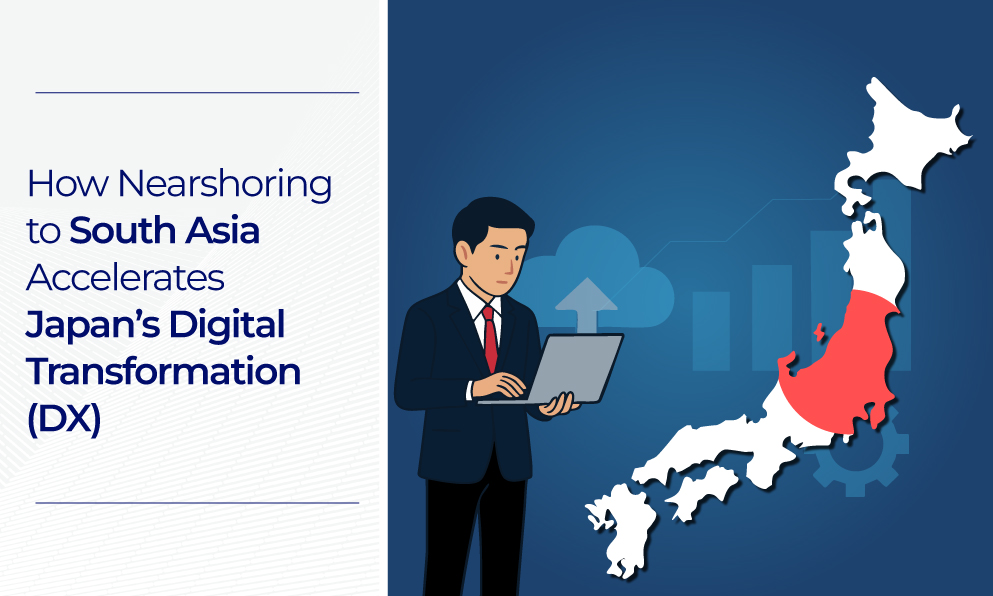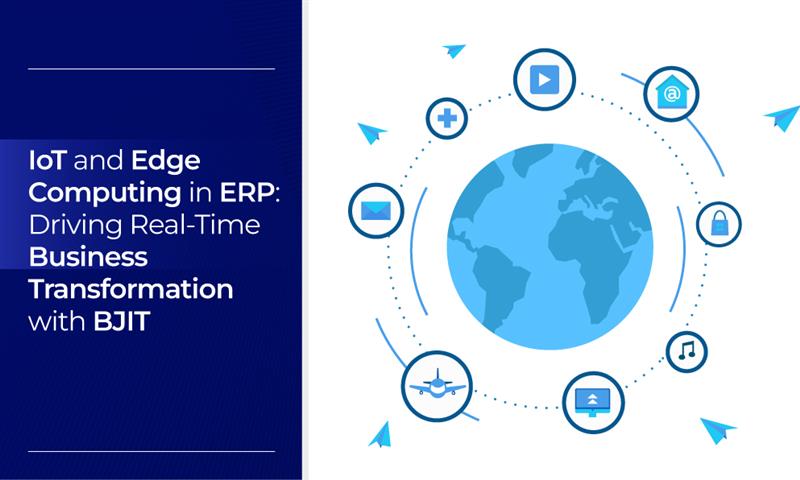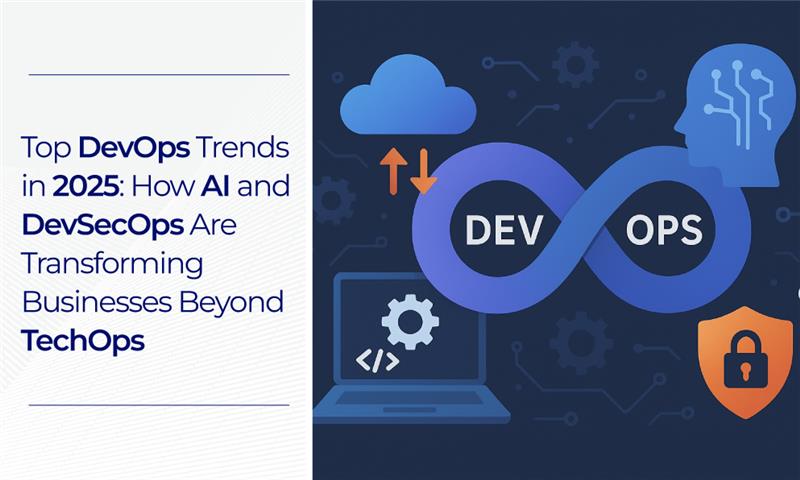Meta Description:
Discover how modular and composable ERP, powered by SAP Business Technology Platform (BTP), is transforming enterprise agility in 2025. Learn benefits, use cases, and why businesses must embrace this shift with trusted SAP partners like BJIT.
Introduction
The enterprise software landscape is undergoing a profound transformation. In the past, Enterprise Resource Planning (ERP) systems were monolithic, rigid platforms that often constrained innovation. Today, with the rise of modular, composable ERP models, businesses can scale, adapt, and innovate faster than ever before. At the center of this paradigm shift stands SAP Business Technology Platform (BTP), a unified platform designed to support data, AI, integration, and application development in a flexible and future-ready way.
As businesses face volatile markets, complex supply chains, and increasing sustainability demands, modular ERP powered by SAP BTP has emerged as a critical enabler for digital transformation and operational agility. According to Gartner (2023), by 2026, over 60% of enterprises will adopt composable ERP strategies to increase adaptability and business value.
This blog explores what Composable ERP means, how SAP BTP empowers it, key benefits, and why organizations should partner with global SAP experts like BJIT to succeed in this journey.
What is Modular, Composable ERP?
Composable ERP is an evolutionary approach where ERP systems are broken into interoperable, modular components instead of being a single massive application. Each module can be deployed, upgraded, or replaced independently while still integrating with the organization’s digital ecosystem.
SAP embraced this approach by introducing SAP S/4HANA Cloud with modularity and connecting it seamlessly through SAP BTP. This ensures businesses can maintain a clean digital core while extending functionality through innovations like AI, analytics, and third-party integrations (Panaya, 2025).
SAP BTP: The Backbone of Composable ERP
SAP Business Technology Platform (BTP) is the technological foundation that makes composable ERP a reality. It integrates four core pillars:
- Database & Data Management – Unifying structured and unstructured data across SAP and non-SAP systems.
- Analytics – Delivering real-time dashboards and predictive insights.
- Application Development & Automation – Enabling low-code/no-code extensions and RPA.
- Integration & AI – Ensuring seamless interoperability with internal and external systems.
With SAP BTP, enterprises can integrate SAP S/4HANA with best-of-breed applications, develop extensions without disrupting the ERP core, and leverage AI-driven insights for smarter decision-making (SAP, 2024).
Why Composable ERP Matters in 2025
1. Agility in a Volatile Market
Composable ERP allows businesses to pivot quickly—whether by adding a new supply chain module during disruptions or launching an AI-driven customer experience tool.
2. Reduced Total Cost of Ownership (TCO)
Since modules can be deployed incrementally, organizations avoid massive upfront investments. Maintenance also becomes easier, lowering IT costs (Finivian, 2025).
3. Future-Proof Innovation
With RISE with SAP and GROW with SAP, companies can migrate to cloud ERP while continuously innovating with SAP BTP extensions—ensuring systems evolve with business needs.
4. Sustainability Integration
Modules like SAP Sustainability Control Tower can be added to track ESG metrics without overhauling the ERP system, aligning with global green reporting standards.
Case Study: Retail Transformation with Composable ERP
A leading European retailer struggled with integrating e-commerce, supply chain, and finance systems. Instead of a full ERP overhaul, they adopted a modular SAP S/4HANA approach powered by BTP:
- Step 1: Migrated finance to SAP S/4HANA Cloud.
- Step 2: Integrated SAP Customer Data Cloud for omnichannel experience.
- Step 3: Deployed sustainability tracking via SAP BTP.
Results:
- 35% faster decision-making through real-time analytics.
- 20% reduction in IT maintenance costs.
- Compliance with EU sustainability directives.
This modular journey, implemented with an SAP partner like BJIT, highlights the scalable, low-risk approach of composable ERP.
Challenges & How to Overcome Them
The Role of BJIT in Modular ERP Transformation
BJIT, with decades of expertise in ERP implementation and digital transformation, helps organizations strategically adopt composable ERP with SAP BTP.
- SAP S/4HANA Migration Services – Smooth transition from ECC before the 2027 deadline.
- BTP Integration & Development – Building custom apps, AI models, and automation.
- Sustainability Enablement – Deploying ESG monitoring modules.
- Global Nearshore Model – With a strong presence in Europe, BJIT delivers cost-effective, agile SAP support.
By partnering with BJIT, organizations not only adopt modular ERP but also unlock innovation and resilience for the future.
Conclusion
The shift to modular, composable ERP powered by SAP BTP is not just a trend—it is the future of enterprise agility. Businesses that embrace this model will enjoy faster innovation, lower costs, and better sustainability alignment. With SAP BTP providing the backbone and expert partners like BJIT driving execution, organizations can stay competitive in an unpredictable digital economy.
As the 2027 ECC end-of-support deadline approaches, now is the time to transition to a composable, modular ERP system and future-proof your enterprise.
References
- Finivian. (2025). Top SAP trends to watch in 2025. Retrieved from https://finivian.com
- Gartner. (2023). Composable ERP: A strategy for agility. Gartner Research.
- Panaya. (2025). Unlocking the future with SAP Cloud ERP. Retrieved from https://panaya.com
- SAP. (2024). Business Technology Platform Overview. SAP Official Site.
